NASA Spacecraft Detects Mysterious Substorm at Earth’s Magnetic Tail
The American space agency NASA has been involved in a lengthy study of the Earth’s magnetotail. It recently shared insight into a unique phenomenon that has left scientists scratching their heads.
Researchers working on better understanding the tail of Earth’s magnetic field believe they have found the signatures of a substorm currently affecting the magnetotail. Yet, no storm could be witnessed.
Earth’s Magnetic Field
The Earth’s magnetic field, otherwise known as the geomagnetic field, is an integral part of the planet, and as it radiates out into space, it creates a protective bubble around our planet, known as the magnetosphere.
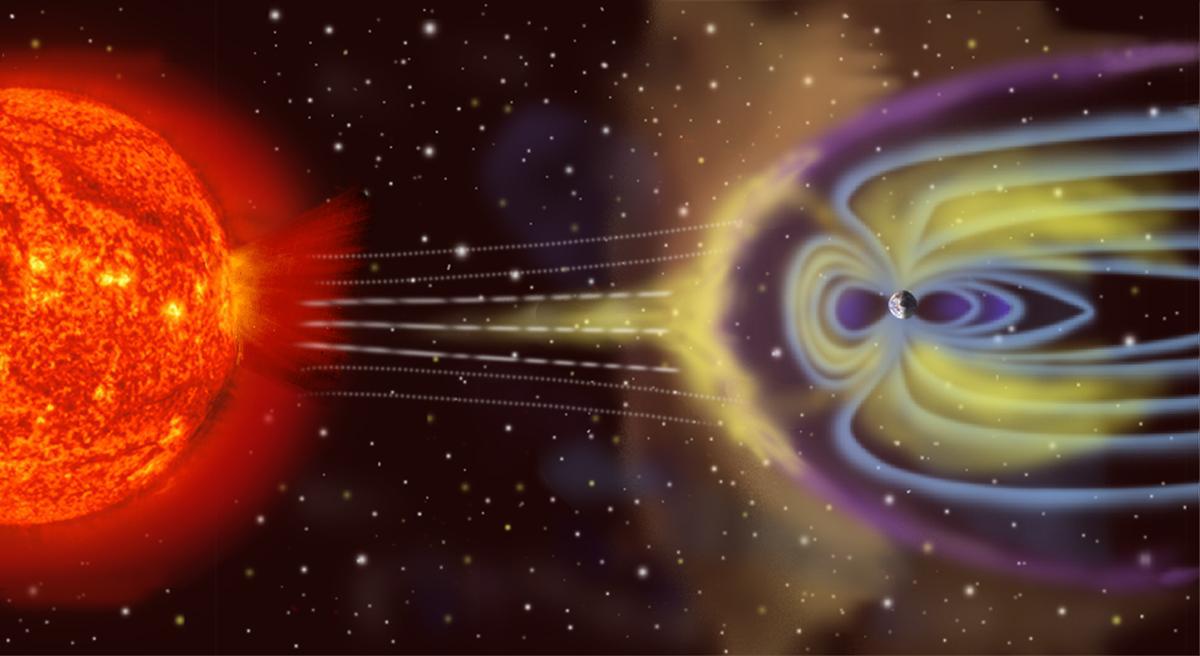
Source: Wikimedia
While this is relatively well known, what sometimes shocks people is that this magnetic field has a tail that trails behind it.
The Magnetotail
As solar winds smash into the Earth’s magnetosphere every second, it results in a long shadow or trail that trails behind our planet. Scientists refer to this phenomenon as the planet’s magnetic tail or, more specifically, the magnetotail.
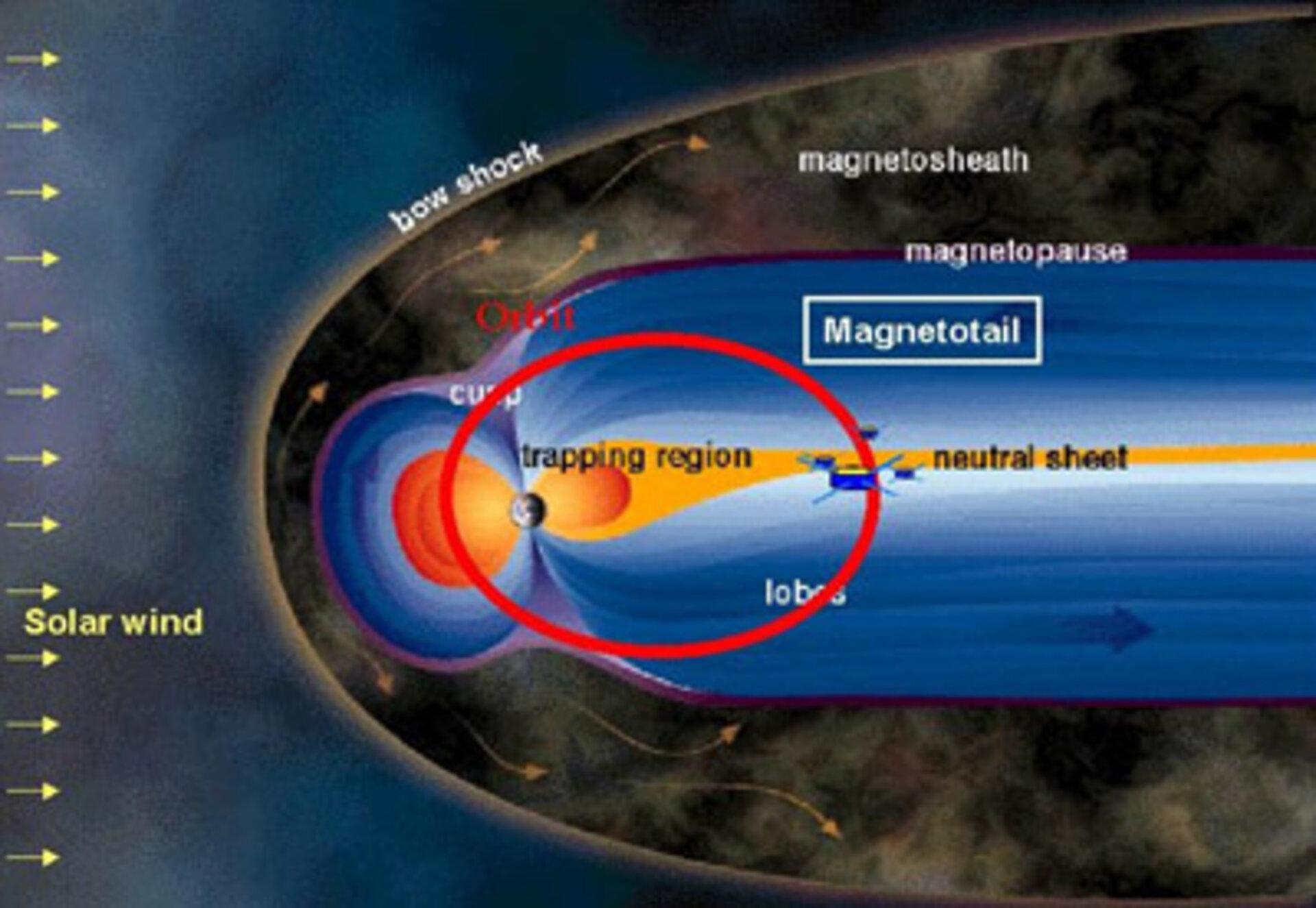
Source: The European Space Agency
Generally, the magnetotail is battered by a plethora of magnetic storms. However, recently, scientists who have been studying the tail for the past several years have been actively engaged in trying to find a missing storm.
Trying to Find the Missing Storm
Scientists from the Southwest Research Institute (SwRI) have been actively engaged in gathering data from NASA’s Magnetospheric Multiscale (MMS) mission to help them better understand substorms.
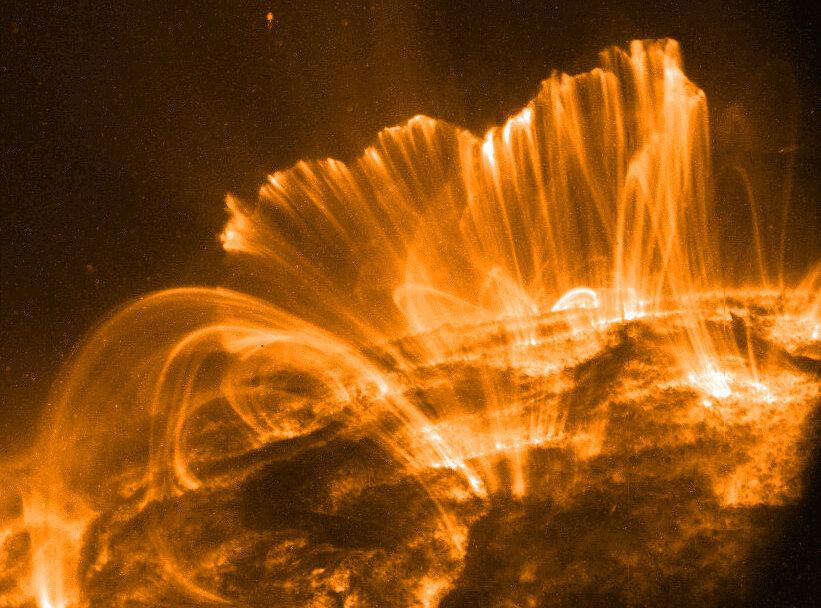
Source: Wikimedia
In 2015, NASA launched the MMS mission to study the magnetosphere and magnetotail and discern how the magnetic fields of the Earth and Sun reconnect.
MMS Mission Searches for Magnetic Reconnection
In 2017, researchers who had been analyzing the data collected by the MMS spacecraft to search for signs of magnetic reconnection, which can result in substorms, made an unexpected discovery.
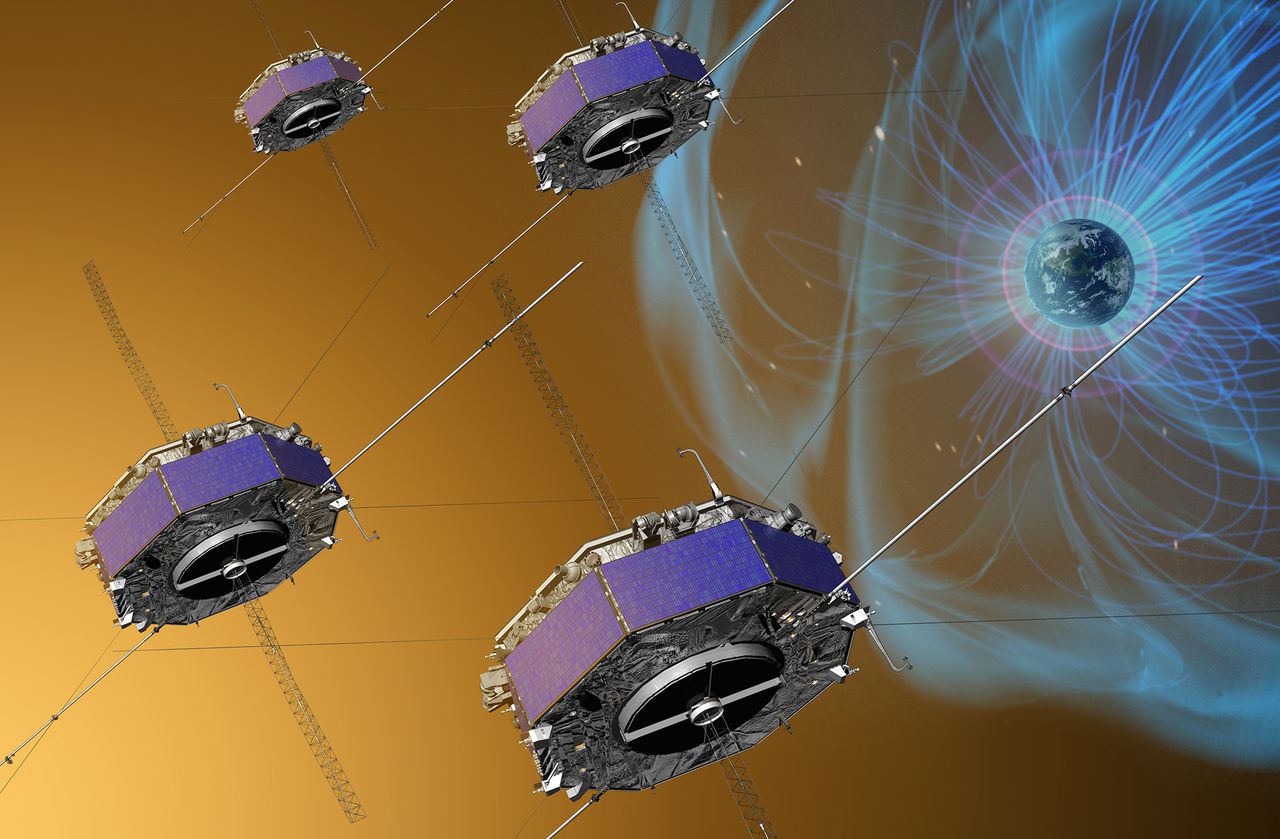
Source: Wikimedia
They observed evidence that would suggest a magnetic reconnection occurred without any kind of substorm. The team explained that magnetic field variations and extreme electric currents in the magnetotail are tell-tale signs of a storm, yet the MMS data appears to suggest neither was present.
Trying to Better Under the Mysterious Phenomenon
The SwRI plans to conduct further investigations using the MMS data coupled with global magnetosphere reconstructions to better understand the mysteries surrounding the ghost storm.

Source: Freepik
“We want to see how the local physics observed by MMS affects the entire global magnetosphere,” said Andy Marshall, a postdoctoral researcher at SwRI.
Trying to Better Understand Substorms
According to the researcher, he and his team are working to better understand the relationship between substorms and reconnection.
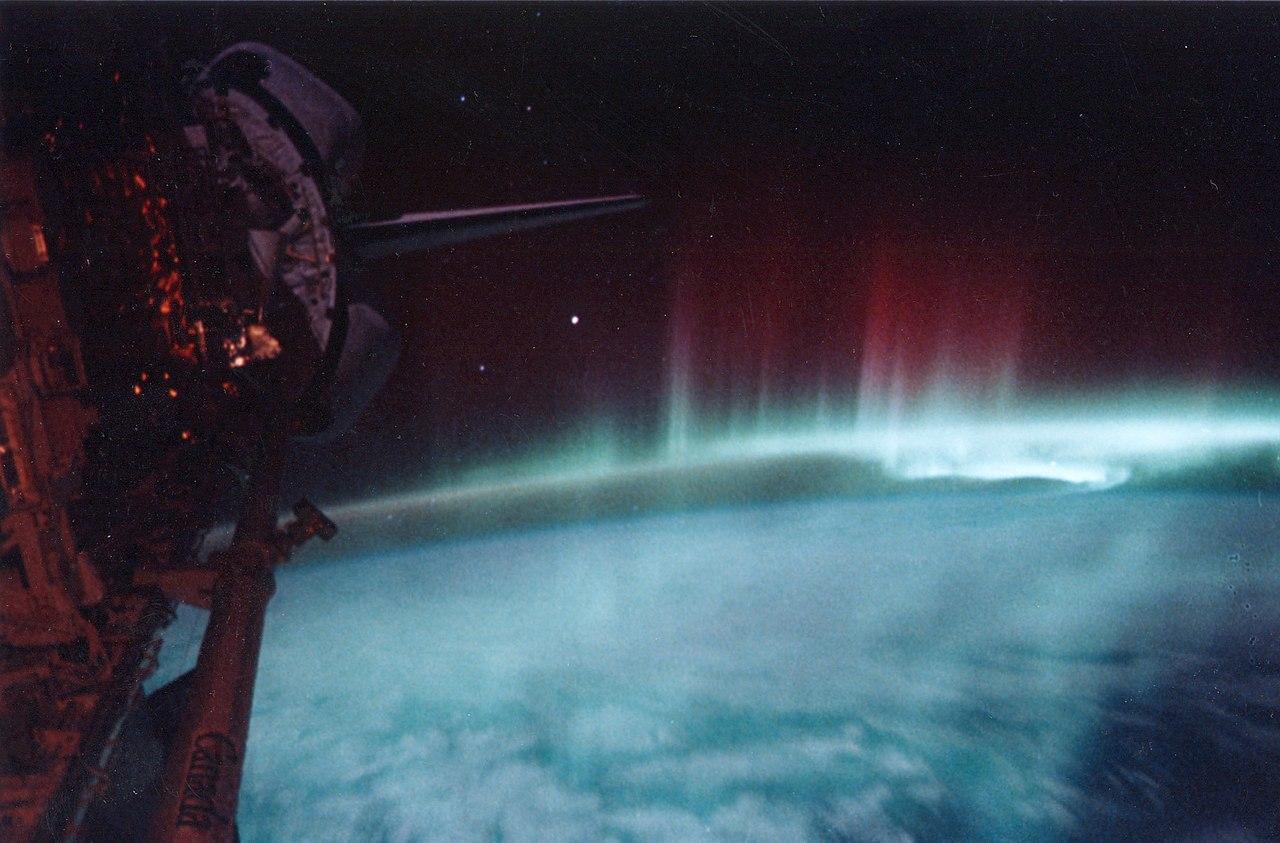
Source: Wikimedia
“By comparing that event to more typical substorms, we are striving to improve our understanding of what causes a substorm and the relationship between substorms and reconnection,” Marshall added.
What Comes Next
Located at NASA’s Goddard Space Flight Center, the Community Coordinated Modeling Center will work alongside the SwRI to develop magnetosphere reconstructions using the University of Michigan’s Space Weather Modeling Framework.

Source: Wikimedia
“It’s possible that significant differences exist between the global magnetotail convection patterns for substorms and non-substorm tail reconnection,” said Marshall.
Looking at Magnetic Field Lines on a Global Scale
Going forward, the researchers believe that looking at the magnetic field lines on a global scale could help them better understand the unusual substorm.
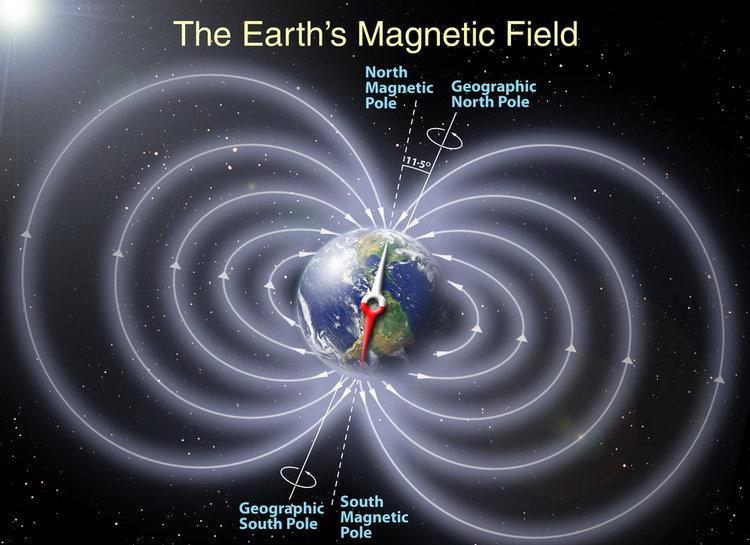
Source: Wikimedia
“We have not looked at the movement of the magnetic field lines on a global scale, so it could be that this unusual substorm was a very localized occurrence that MMS happened to observe,” said Marshall.
Magnetotail and Substorms Connection
However, the researcher is ruling out that they could be wrong in their suggestion. As it stands, they believe that regardless of their findings, it could help scientists better understand the relationship between the magnetotail and substorms.

Source: Public Domain/Wikimedia Commons
“If not, it could reshape our understanding of the relationship between tail-side reconnection and substorms,” he said, concerning whether the substorm was a localized occurrence.
MMS Mission
The MMS mission is comprised of four identical spacecraft constructed by NASA’s Goddard Space Flight Center and forms part of NASA’s Solar Terrestrial Probes Program mission.
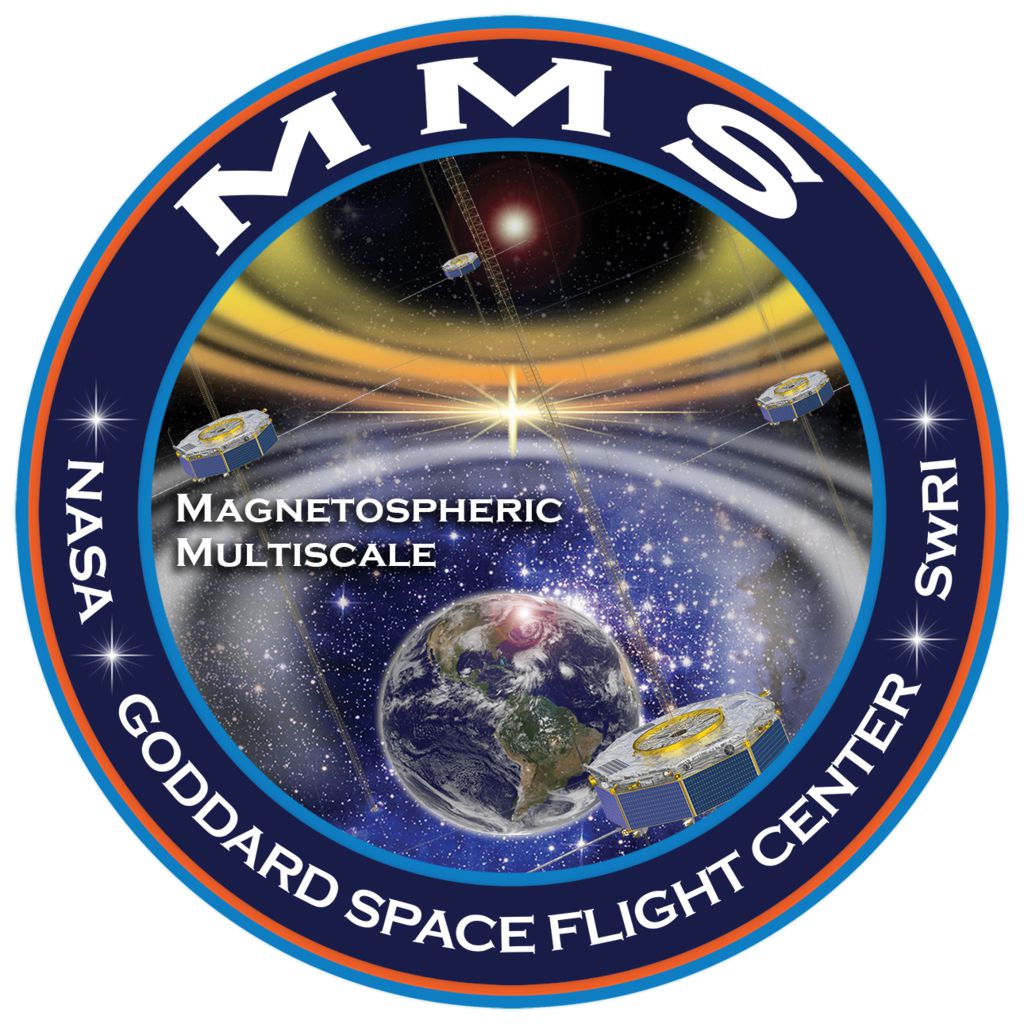
Source: Wikimedia
Since its initial launch several years ago, the MMS spacecraft has been heavily involved in trying to better understand the magnetopause, otherwise known as the boundary between Earth’s magnetosphere and the solar wind.
Stunning Auroral Displays
The complex substorms that occur in this region are studied for numerous reasons, according to the press release. One of the most fascinating aspects is that this particular kind of space weather produces auroral displays.
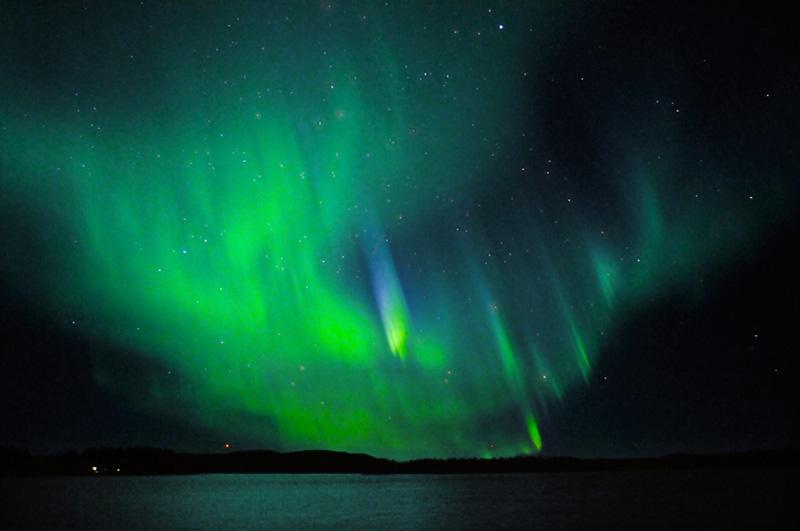
Source: Wikimedia
These substorms can also generate powerful currents, resulting in geomagnetic disturbances. This could ultimately disrupt or even destroy power distribution networks, electrical systems, and possibly even satellites.
